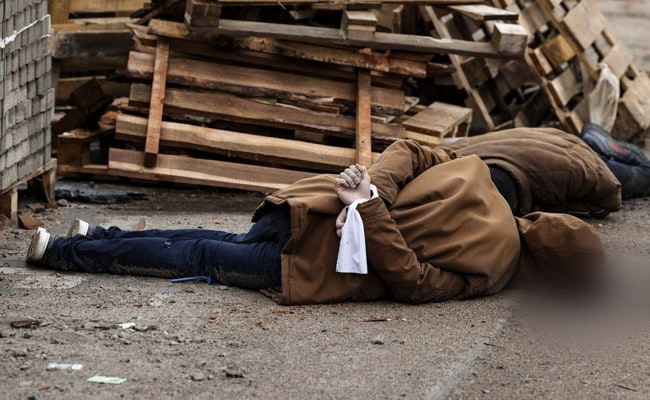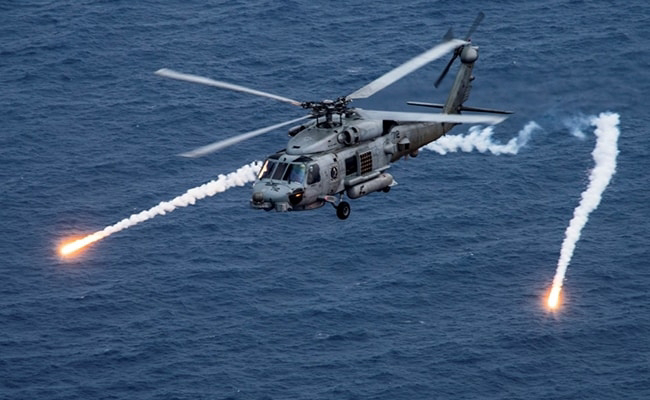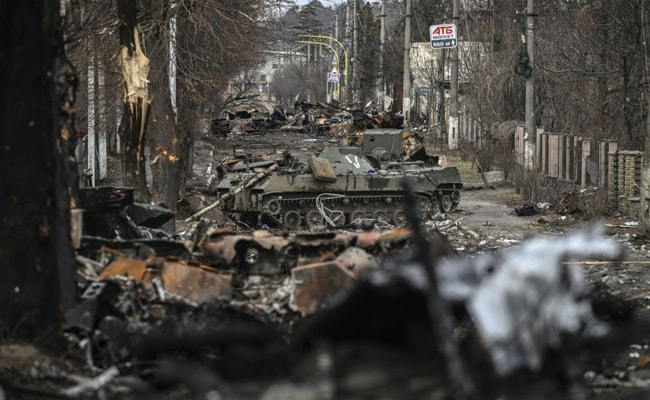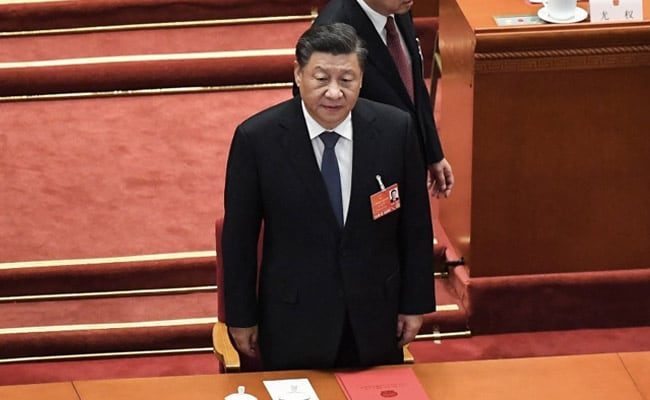Ukrainian President Volodymyr Zelensky said "around 1,000 regular people, ladies and youngsters" and many injured were additionally shielding at the Azovstal complex.
Kyiv:
The immense Azovstal iron and steelworks is the last hold-out of Ukrainian powers in the crushed port city of Mariupol following quite a while of Russia's fierce invasion.
Russian pioneer Vladimir Putin on Thursday requested his military to force a bar so close "that not so much as a fly can escape" around the plant.
Ukrainian President Volodymyr Zelensky said "around 1,000 regular people, ladies and kids" and many injured were likewise protecting at the modern complex.
The leftover Ukrainian powers have would not give up however have cautioned supplies were running out and encouraged worldwide intervention to assist them with emptying.
Soviet-period behemoth
Roosted on the edge of the Sea of Azov, the plant traces all the way back to the mid 1930s when Soviet specialists requested the development of an ironworks in the seaside city of Mariupol.
Creation started by 1933 however was quickly ended not long after Germany sent off its intrusion of the Soviet Union during World War II in 1941.
In 1943, withdrawing German soldiers exploded key offices at the plant, however the industrial facility was relaunched inside a couple of years after Soviet powers assumed command.
One of Europe's biggest
In 2006, the complex was purchased by the Metinvest bunch constrained by Ukraine's most extravagant man Rinat Akhmetov.
Once presumed to be near Moscow, Akhmetov has tossed his weight behind the experts in Kyiv since a Russian-upheld rebellion started in 2014.
What's more, he censured Russian soldiers for carrying out "wrongdoings against humankind against Ukrainians" after the Kremlin sent off its attack on February 24.
Preceding Moscow's attack, the Azovstal plant had an ability to deliver 5.7 million tons of iron and 6.2 million tons of steel a year, Metinvest said, making it probably the biggest metalwork in Europe.
The mammoth processing plant gave work to large number of individuals and overwhelmed the cityscape of Mariupol.
'City inside a city'
Extending over around 11 square kilometers (4.2 square miles), the Azovstal complex is a rambling warren of rail lines, stockrooms, coal heaters, industrial facilities, smokestacks and passages considered to be great for guerilla fighting.
"It's a city inside a city," Eduard Basurin, a delegate for supportive of Russian separatists in the eastern Donetsk area, said recently.
"There are a few underground levels that date back to Soviet times which you can't barrage from a higher place. You need to go underground to clear them out, and that will take time."
Putin said in his orders Thursday that an attack was "unfeasible".
"There is compelling reason need to move into these tombs and creep underground through these modern offices," he said.
Russia has depended on beating the complex with enormous bombs sent off from airplane as it looked to break the opposition of the Ukrainian soldiers stayed there.
Drone pictures broadcast on Sunday by the Russian state organization RIA Novosti showed the far and wide annihilation fashioned by Moscow's blockading powers.
The recording showed a ruined hellscape with a progression of structures that had been totally exploded, some actually seething.






